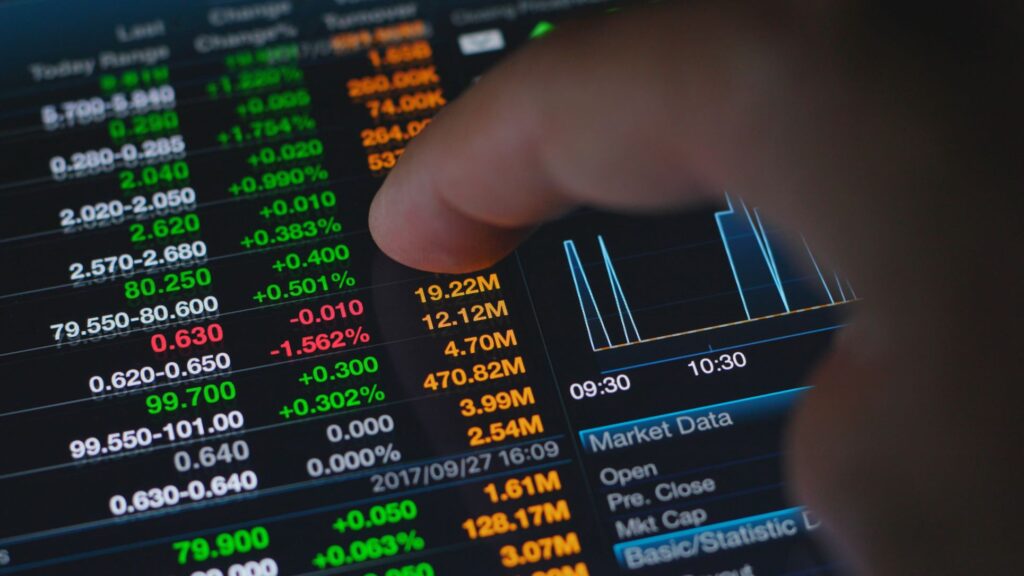In today’s competitive financial landscape, traders are always on the lookout for innovative ways to increase their capital and diversify their portfolios. One such method that’s been gaining traction in recent years is leveraging reverse mortgage income as a source of funds for trading strategies.
If this concept is new to you, don’t fret – we’ll explain all you need to understand about tapping into your home equity to significantly boost your trading ventures.
Nevertheless, when employed tactically by astute investors, this method can also function as an unorthodox yet efficient financing source for implementing a variety of trading strategies.
In this article, we’ll delve deep into how reverse mortgage income from AmeriVerse Reverse Mortgage can be utilized to amplify your returns while minimizing potential risks associated with traditional borrowing methods. So sit back, relax, and let us guide you through this exciting new avenue toward smarter trading decisions!
Understanding Reverse Mortgages
Imagine being in the later years of your life, relaxing on a porch swing, sipping a hot cup of tea while witnessing the sun setting below the horizon. Amidst the tranquility, one persistent concern troubles you – how can you fund this new stage of life while still preserving your trading approach?
This is where reverse mortgages can come into play and potentially boost that strategy. However, many people have fallen prey to reverse mortgage misconceptions which may deter them from exploring this option.
In order to comprehensively grasp the functioning of reverse mortgages, it is crucial to first dispel some prevalent misunderstandings. Contrary to popular belief, obtaining a reverse mortgage does not entail surrendering ownership of one’s house or failing to pay any current loans. Rather, it enables homeowners who are 62 years old or above to access their home equity without having to sell their property or make monthly payments.
Qualifying factors for a reverse mortgage include age, amount of equity in the home, and financial stability (among other criteria). By understanding these key aspects and setting aside any unfounded fears surrounding reverse mortgages, you’ll be better equipped to explore how they could bolster your trading strategy moving forward.

Advantages Of Using Home Equity For Trading
One significant advantage of using home equity to supplement your trading strategy is the ability to tap into a potentially large source of funds without incurring additional debt. This allows you to capitalize on various equity opportunities that may arise, such as investing in undervalued stocks or diversifying your portfolio with alternative investments like real estate or commodities. By leveraging the value of your home investment, you can increase your overall buying power and enhance both short-term and long-term returns.
Another benefit lies in the tax implications associated with reverse mortgage income. The proceeds from a reverse mortgage are not considered taxable income by the Internal Revenue Service (IRS), which means that any gains realized through trading do not contribute to an increased tax burden.
Moreover, this type of loan does not require monthly payments; instead, it’s repaid once the homeowner sells their property or passes away. This absence of mandatory repayments provides greater flexibility when managing one’s cash flow – particularly useful when navigating unpredictable market conditions or waiting for specific trades to yield profits.
Implementing Reverse Mortgage Funds Into Your Strategy
Reverse Mortgage Integration is the holy grail of trading strategy enhancement.
It’s no secret that diversification is key for any successful investment venture, and adding reverse mortgage income to your arsenal can elevate your strategy from good to outstanding.
This additional source of funds allows you to explore new markets and asset classes without tapping into your primary capital – a safety net every trader dreams of.
To implement this ingenious method into your current trading approach, begin by assessing how much equity you have in your home which will determine the amount you can receive through a reverse mortgage.
Once you acquire these funds, allocate them towards Trading Diversification with careful consideration of risk management and potential returns.
By utilizing multiple assets such as stocks, bonds, commodities, or even cryptocurrencies alongside existing investments, traders create an impressive portfolio armed against market volatility while enjoying increased profit opportunities.
The beauty of this strategic move lies in its ability to provide financial flexibility without compromising personal stability – so why not give it a shot?
Managing Risks And Maximizing Returns
Incorporating reverse mortgage income into your trading strategy requires a thorough understanding of risk mitigation and return optimization.
The process of risk mitigation involves recognizing, evaluating, and ranking potential risks to reduce their adverse effects on your investments.
Return optimization involves maximizing the rewards from your investment strategies while maintaining an acceptable level of risk exposure.
To effectively utilize reverse mortgage income in your trading strategy, it’s crucial to find the right balance between risk-taking and preserving capital for long-term growth.
By adopting a well-researched approach that incorporates diversification, asset allocation, and diligent market analysis, you can increase your chances of achieving consistent returns over time.
As with any financial endeavor, success will depend on staying informed about market changes and adapting your strategy accordingly.
Conclusion
In a nutshell, reverse mortgages can be the ace up your sleeve when it comes to enhancing your trading strategy.
By accessing your home equity, you are unveiling a wealth of capital that can provide you with a competitive advantage in the challenging realm of trading.
But remember, with great power comes great responsibility!
Make sure to manage risks wisely and strive for maximum returns.
Happy trading and may the odds be ever in your favor!


